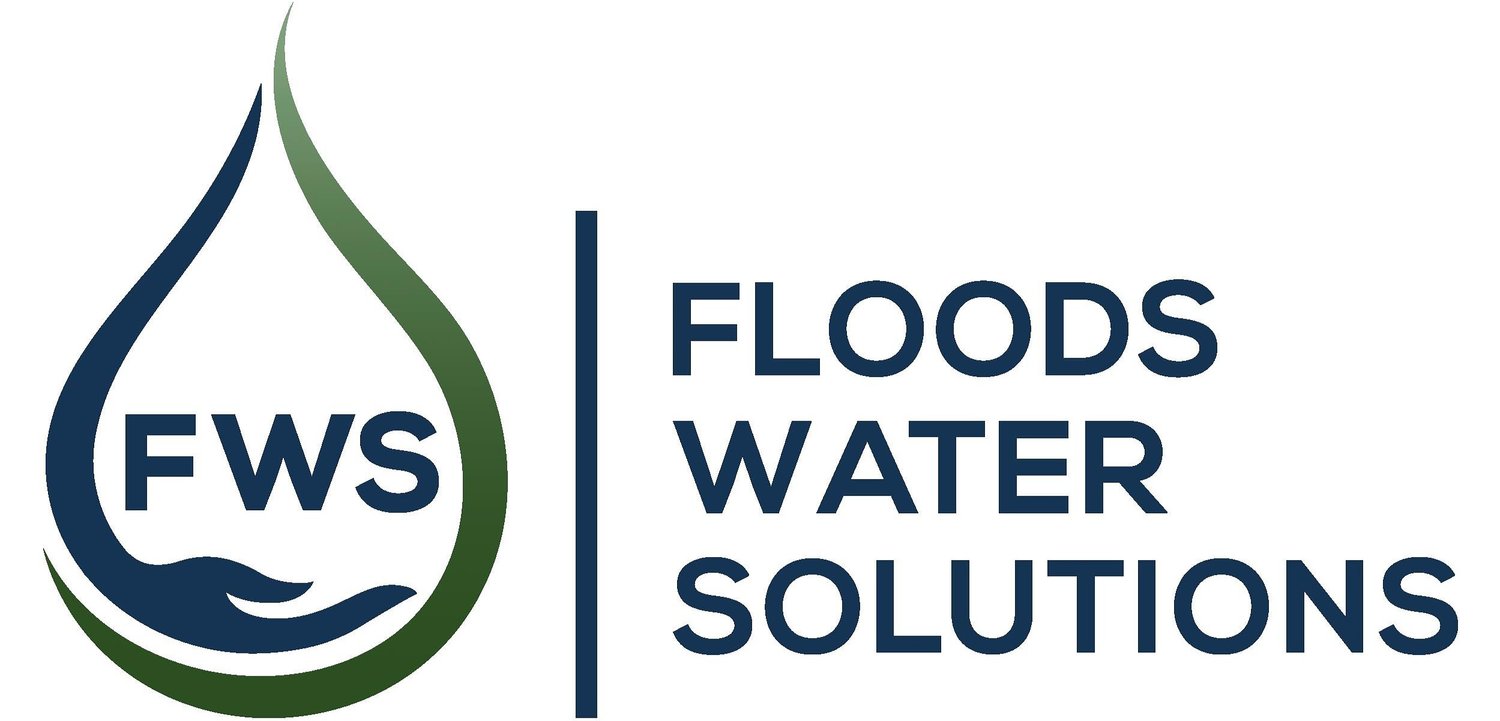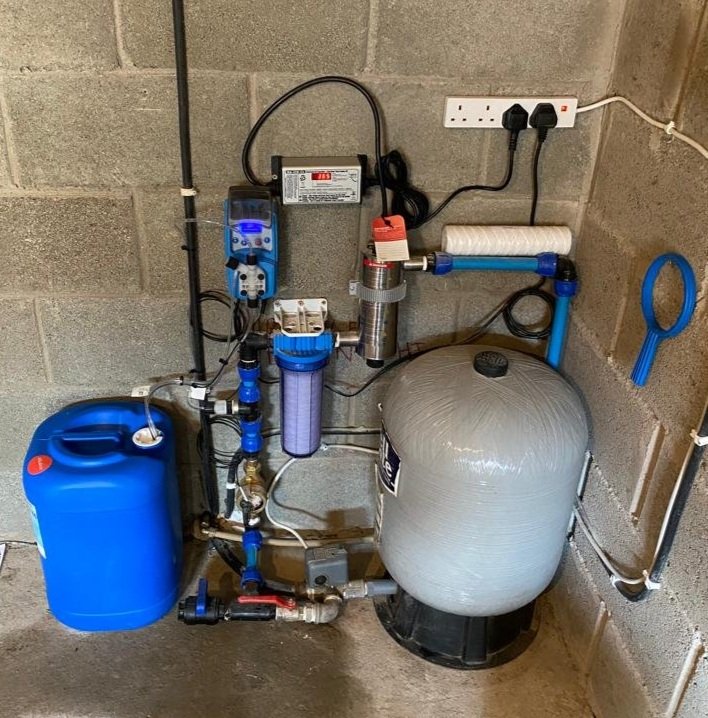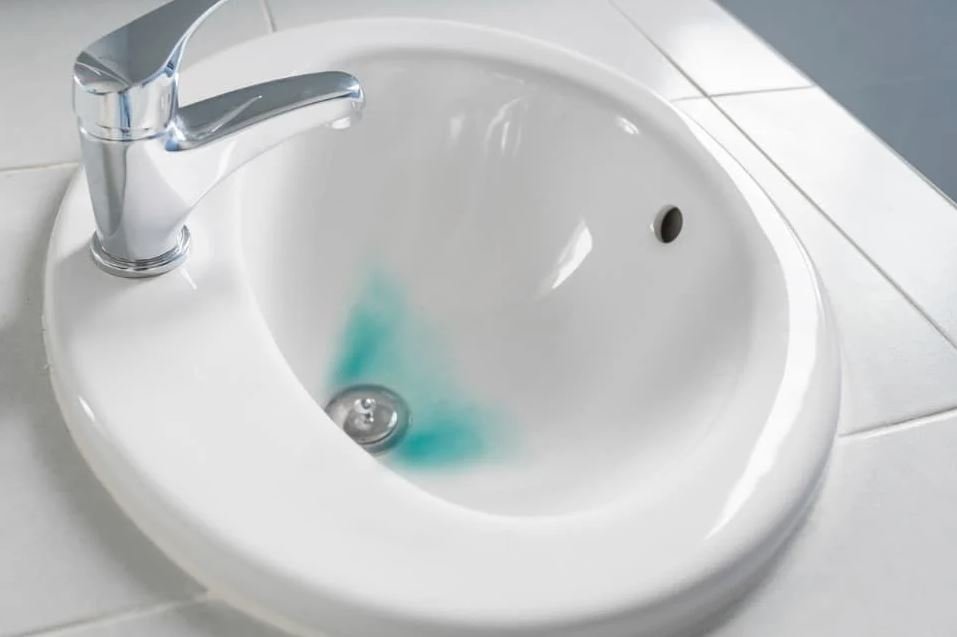
pH Levels Of Water
pH measures how acidic (sour) or alkaline (basic) water is on a scale of 0 to 14. A pH less than 7 is acidic, 7 is neutral, and more than 7 is alkaline. Drinking water should ideally have a pH between 6.5 and 9.5. Water from peaty upland areas may be slightly acidic due to dissolved organic acids.
Whether it’s dealing with low pH or high pH, having unbalanced pH levels can significantly contribute to household headaches and escalate costs. Acidic water, in particular, poses a high level of corrosiveness and has the potential to gradually deteriorate the plumbing throughout an entire home, while also exerting its damaging effects on water-utilizing appliances, ultimately resulting in leaks within the piping systems. Acidic water may leach metals from plumbing systems, potentially causing the introduction of toxic metals into the water supply. This is especially concerning in properties that still utilize old lead pipes.
A tell-tale sign that you have acidic water is blue-green staining on plumbing fixtures & taps, acidic water can also turn blonde hair green.
Using Dissolving Minerals (pH Correction)
A cylinder filled with pH correction media is fitted into the water supply as near to the source as possible so that all the water from that point onwards is neutralised. It should be protected from frost. Water passes into the cylinder and permeates through the pH correction media before passing out into the main water line again. The media dissolves into the water until the pH is raised to between 7 and 8. Once this level is achieved the water is neutral and no more media dissolves.
The water needs to be in contact with the media for long enough to allow proper neutralisation, so the tall cylinder allows plenty of contact time with a flow of 5 gallons per minute. These units are fitted with different valves such as an in/out valve, a Clack WS1 TC valve etc. We can customise the unit to suit varying needs.
The unit must be refilled at intervals which vary according to the amount of water used and how low the starting pH level is.
How to Neutralize the pH Levels?
Once you have had your water tested we can help choose the most suitable treatment method for your application. There are two main ways in which we neutralize acidic pH levels:
a) Using a liquid neutraliser (Usually referred to as a pH dosing system)
b) Using dissolving minerals (Usually referred to as a pH correction system)
For alkaline water, water carrying too many minerals, a water softener is usually the best solution.
Using A Liquid Neutraliser (pH Dosing)
A pH dosing system is made up of different components depending on the application. A domestic system usually consists of a water meter, a dosing pump, and a liquid neutraliser such as Corrotex. The dosing pump delivers small amounts of the liquid neutraliser into the water to raise the pH to between 7 and 8. The Corrotex drum will need to be replaced once it has been emptied, this will depend on water usage and the initial pH of the water.
Grants Available for Water Treatment*
Grants Available for Water Treatment*
Grants are available for water treatment for private well supplies and group water schemes from your local authority.
Terms & conditions apply. Contact a member of our team for more information.



